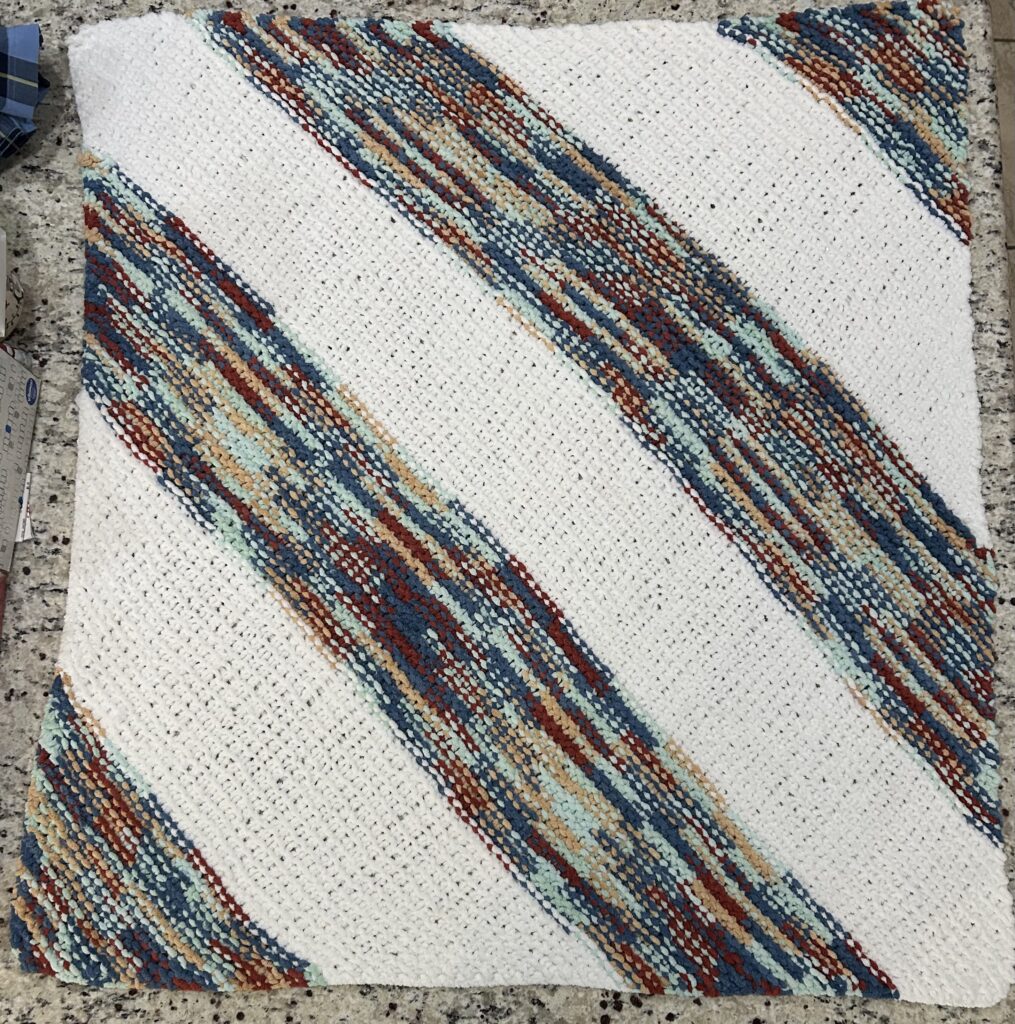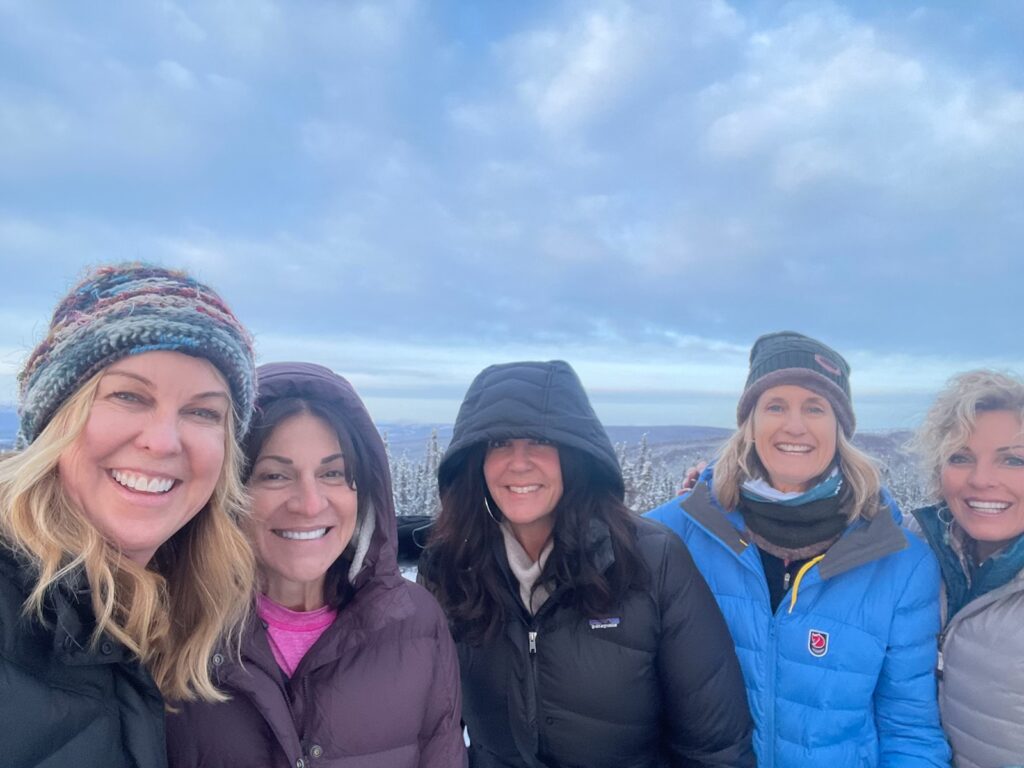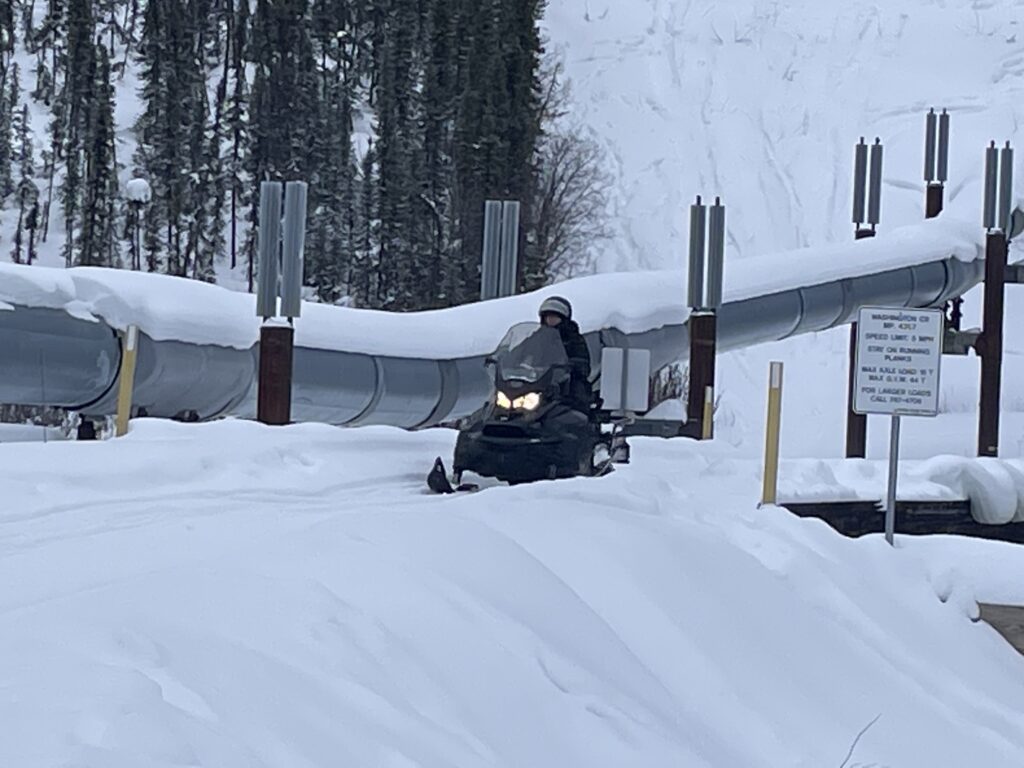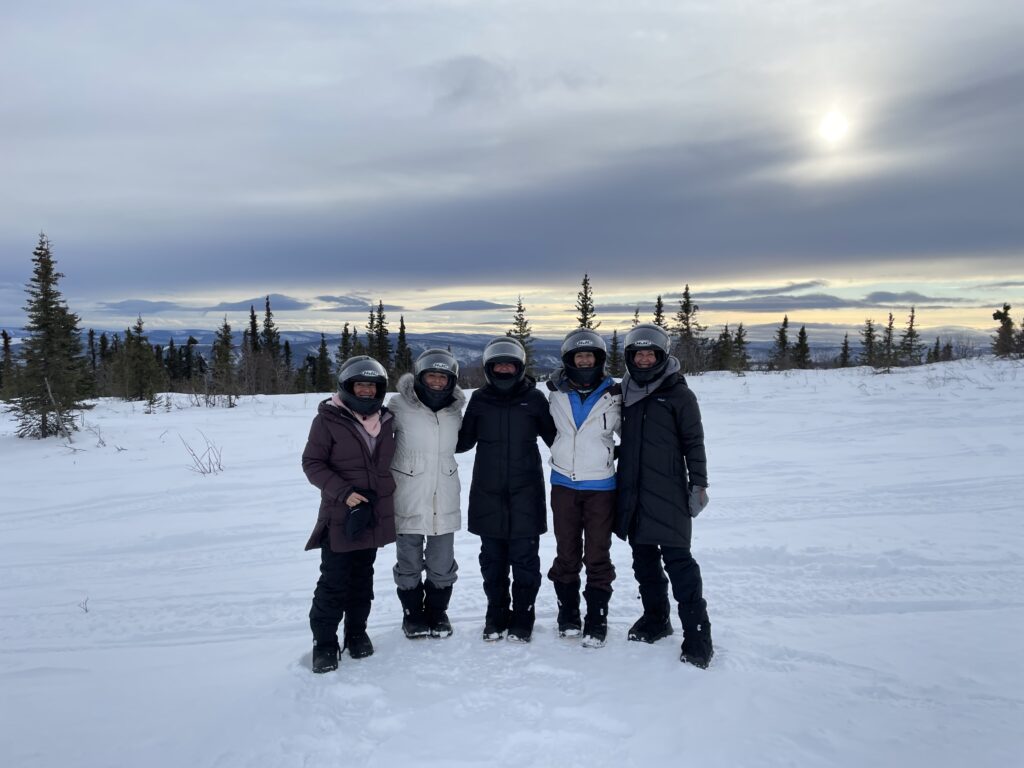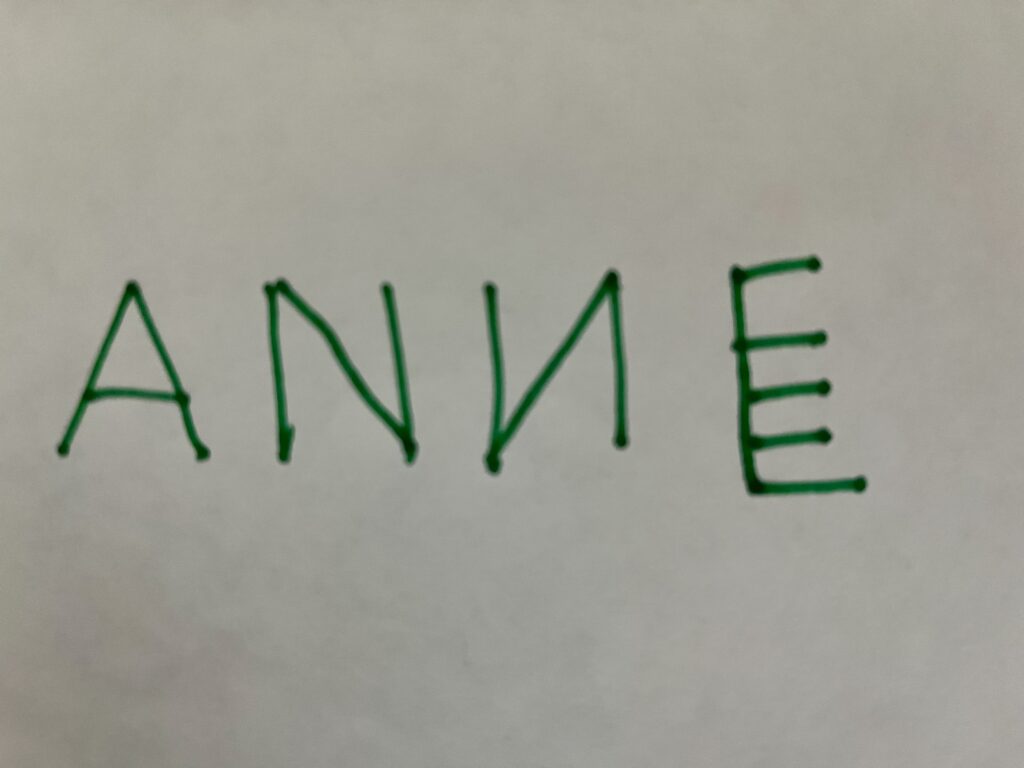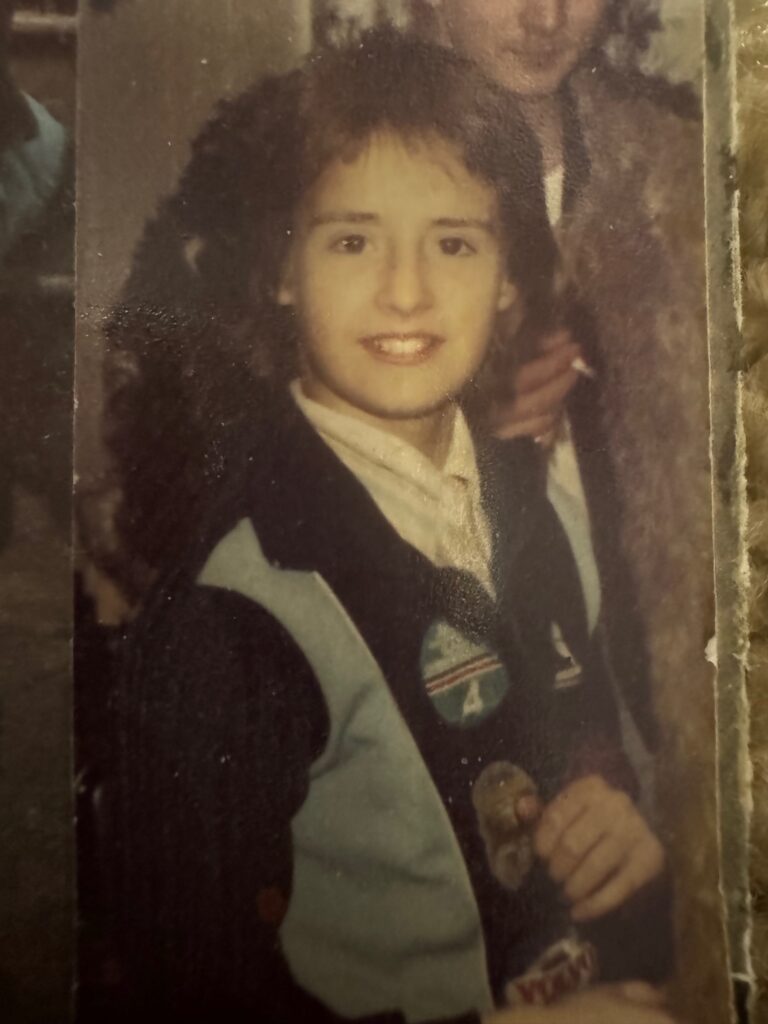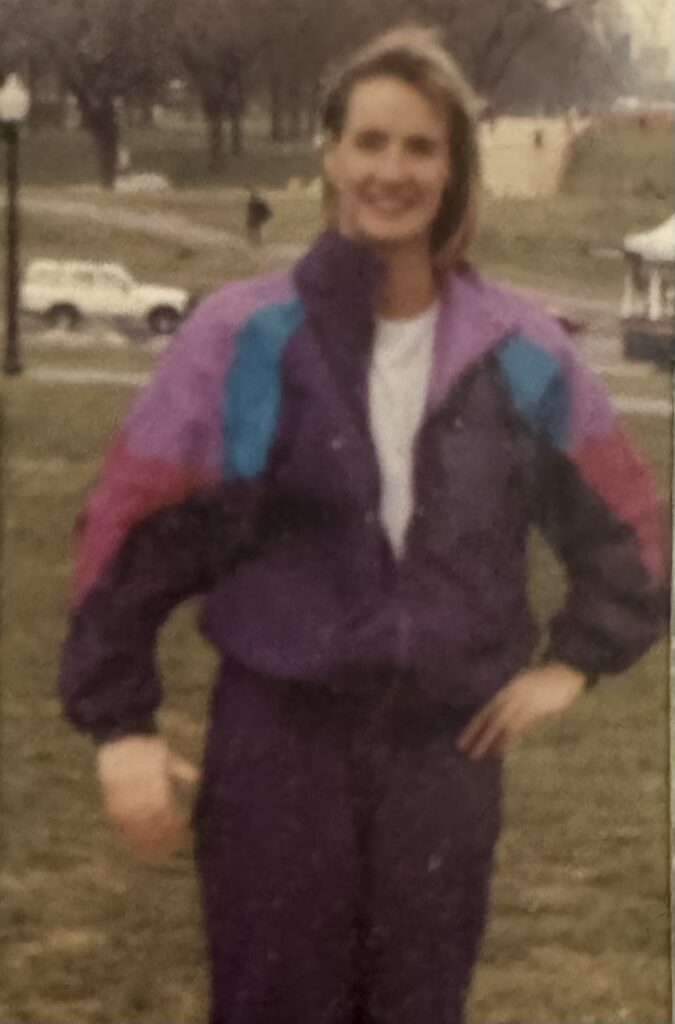The one thing that excited me as a 7-year-old was the thought that I would some day be old enough to go to a disco like my older sister. My friends and I would chat constantly about the names of the local discotheques. “Mary’s” (St. Mary’s Rugby and Football Club) was one of the local hotspots. This was the late 70’s in Dublin.
ABBA was all over the radio and television. The kids were singing their songs, the parents were singing it, heck even the grandparents were dancing to it!
Circling back to 2024…To get my writing juices going for this week I decided to ask Alexa to play Donna Summer “I Feel Love” and also take advantage of ChatGPT, since I have been ignoring it up until literally this week! I asked for some 70’s era songs…I would have had to go to an actual record store for this data back in the 70’s…Anyway, this is what it spit out…
“Stayin’ Alive” by Bee Gees
“Le Freak” by Chic
“I Will Survive” by Gloria Gaynor
“Dancing Queen” by ABBA
“Don’t Stop ‘Til You Get Enough” by Michael Jackson
“Y.M.C.A.” by Village People
“Funkytown” by Lipps Inc.
“September” by Earth, Wind & Fire
“Boogie Wonderland” by Earth, Wind & Fire with The Emotions
“Night Fever” by Bee Gees
“Hot Stuff” by Donna Summer
“I Feel Love” by Donna Summer
“Get Up and Boogie (That’s Right)” by Silver Convention
“Disco Inferno” by The Trammps
“Ring My Bell” by Anita Ward
These songs capture the energy, rhythm, and vibe of the disco era, which was a significant cultural phenomenon in the 1970s.
It totally left out John Travolta!!! I will never trust AI again!!!
When I think back to my 7-year-old self, I realize that I learned best when I shared stories with my friends, and this usually happened on walks to and from school or friends houses. It was exercise combined with talking!
Here in 2024, no student escapes my class without doing 20 squats or a comparable activity. If they are lucky, they will get some disco music to help them get in the groove!
The disco-era song that best reflects my approach to working with students is “I Feel Love” by Donna Summer. “It does not sound very educational,” you say? Well, it’s all about passion. You have got to love what you do if you are going to spend a lifetime doing it. My job is to help my students find that love for learning and ultimately use that knowledge to help others with their health and wellness.
My students love to share their stories, so I always make time to hear about the things they do beyond the classroom and their future profession. We have such a vast array of hobbies and talents amongst our students! Their characters come alive when they tell their stories! I love to connect the learning material to their experiences and help them understand those difficult scientific concepts.
Other students are more likely to join in the fun when they see classmates sharing. The trick is to turn those stories into learning opportunities and close the learning loop. Students feel empowered when they are appreciated for who they are and what they bring to the classroom.
I want to see their passion. I want to feel the love.



